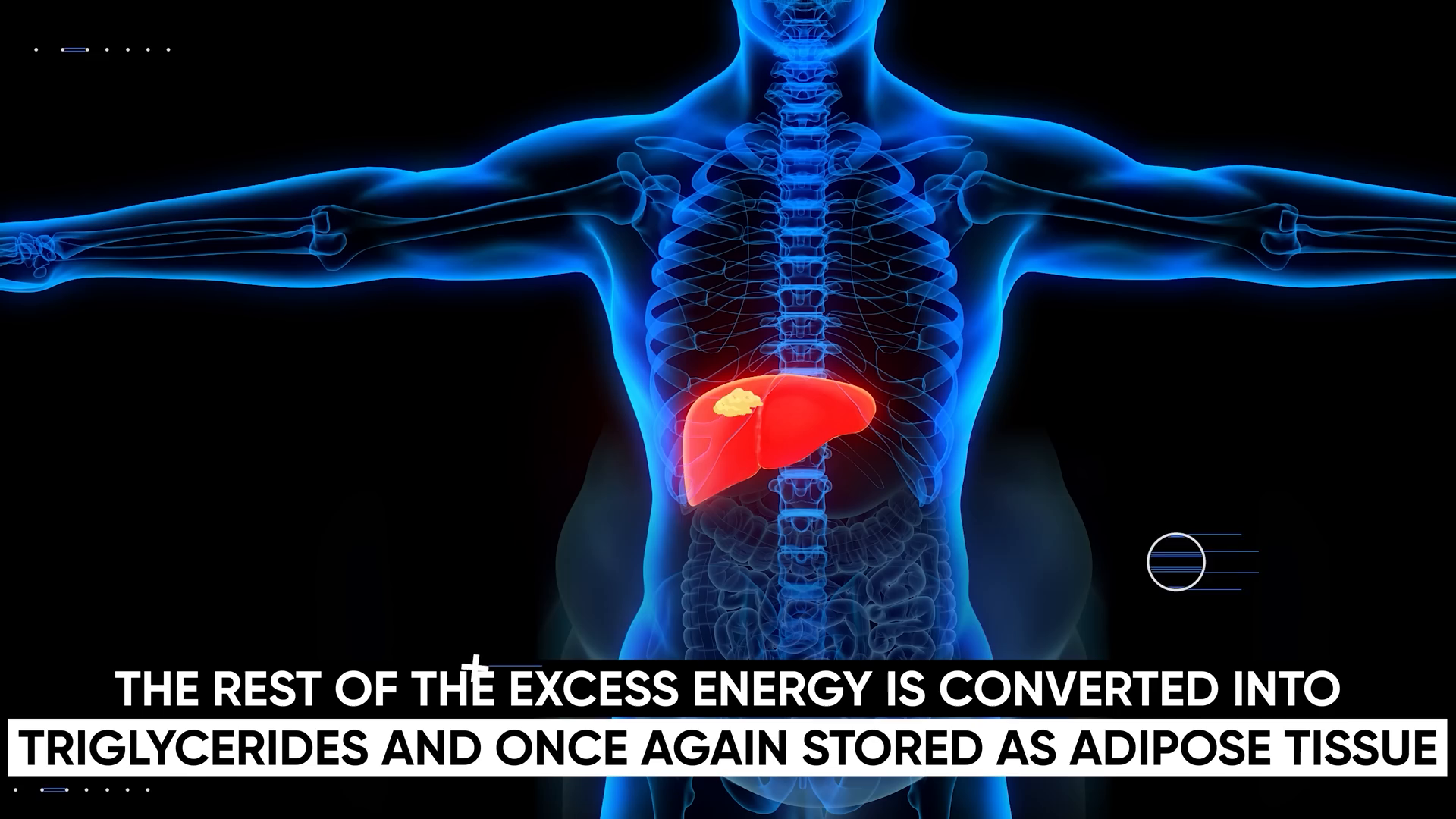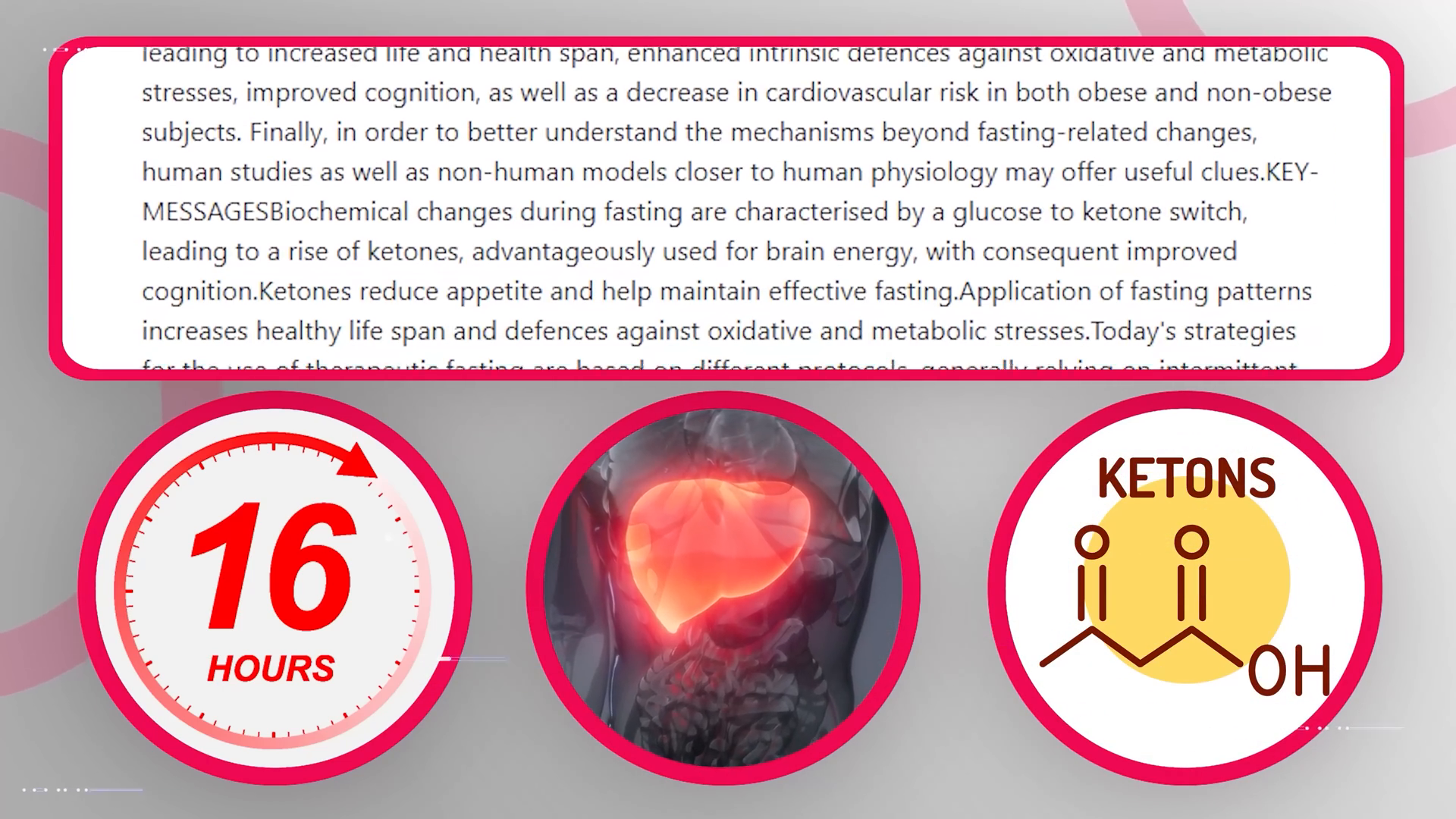Introduction to Intermittent Fasting and Metabolism
Understanding how the body processes food after a meal is crucial to comprehending the effects of fasting and metabolism. When you consume a meal, your body breaks down the food into simpler molecules to use as fuel, ensuring proper function. The pancreas, an organ located in the abdomen, plays a vital role by producing insulin. This hormone facilitates the absorption of glucose into cells from the bloodstream post-meal.
Dietary fats are transformed into fatty acids, which the body utilizes for energy and various biological processes, such as testosterone production. Any excess fatty acids are reconverted into triglycerides and stored in adipose tissue, commonly known as body fat. Similarly, excess carbohydrates are initially converted into glycogen, a chain of glucose molecules stored in the liver and muscles for future use. However, due to the limited storage capacity for glycogen, any surplus energy is eventually converted into triglycerides and stored as body fat.
This routine process of energy conversion and storage sets the stage for understanding the metabolic shifts that occur during fasting.

The Initial Stages of Fasting
When you stop eating, your body undergoes several changes as it adapts to the lack of food intake. Within six to ten hours of fasting, the remaining glucose in your bloodstream is utilized for energy. As no new nutrients are being consumed, your body begins to rely on its glycogen reserves for fuel. During this time, the pancreas secretes glucagon, a hormone that signals the release of glycogen and fatty acids.

If your last meal was low in carbohydrates, your body might start producing ketones as an alternative energy source. Ketones are produced by the liver when fat cells are converted into fatty acids. Initially, your blood glucose levels will rise and then gradually decrease, while ketone levels will increase, especially after the tenth hour of fasting.
Before reaching the tenth hour, those accustomed to regular meals or a high-carb diet may experience hunger and low energy. This hunger is not solely due to calorie deficiency but is also influenced by your circadian rhythm. Your body expects food at regular intervals, driven by the hunger hormone ghrelin, which stimulates appetite.

Hormonal Changes During Fasting
During fasting, significant hormonal changes occur that influence hunger and metabolism. One of the key hormones involved is ghrelin, often referred to as the “hunger hormone.” Studies indicate that ghrelin levels spike at times when you typically eat, such as breakfast, lunch, and dinner. This spike triggers hunger sensations. However, if fasting continues, these hunger pangs usually subside after about two hours as the body adjusts to a new eating schedule.

Another crucial hormone affected by fasting is human growth hormone (HGH), produced by the pituitary gland. After fasting for at least ten hours, HGH levels begin to rise. This increase can be as significant as the rise caused by exercise, stress, or low blood sugar levels. HGH is vital during fasting because it aids in muscle repair, enhances exercise performance, boosts immunity, and accelerates recovery from injuries. While HGH may not promote muscle growth without nutrients, it helps delay muscle breakdown by stimulating protein synthesis and muscle tissue repair.
Research shows that the longer the fasting period, the more HGH is produced. For instance, a study demonstrated that fasting for two days could increase HGH production by five times.
Metabolic Shifts and Health Benefits
During the fasting period of twelve to sixteen hours, the body begins to deplete its glycogen stores and increasingly relies on ketone bodies for energy. This metabolic shift can lead to a feeling of coldness due to a lower body temperature from not digesting food.
Studies, particularly those observing Ramadan fasting, have documented the benefits of fasting for ten to seventeen hours daily. These benefits include improvements in weight management, digestion, and cholesterol levels. Additionally, there is a significant decrease in inflammation markers such as homocysteine, C-reactive protein (CRP), and the total cholesterol to HDL ratio. Reducing inflammation is beneficial for overall health, and short-term fasting can aid in achieving this.

As fasting continues to around eighteen hours, the body becomes more reliant on fatty acids, and ketone production accelerates due to low blood sugar levels and depleted glycogen reserves. This stage sees a marked decrease in inflammation and a spike in human growth hormone (HGH) and brain-derived neurotrophic factor (BDNF). BDNF is crucial for promoting the growth of new neurons and synapses, enhancing communication within the brain, and supporting learning and memory.
After sixteen to eighteen hours of fasting, autophagy, an auto-recycling process, begins. This process involves the body recycling damaged proteins, bacteria, and dysfunctional cells, using them for energy and clearing out cellular debris.
Extended Fasting and Its Implications
Extended fasting is a powerful mechanism for cleansing the body, primarily through a process called autophagy. This process is enhanced by factors such as caloric restriction, starvation, and increased levels of HDH and BDNF, all of which are naturally incorporated during fasting. Autophagy is not only a legitimate detoxification method but also offers therapeutic benefits, potentially extending lifespan and slowing the aging process.
Short-term fasting can enhance the immune system by improving the efficacy of white blood cells in combating diseases. However, prolonged fasting, such as fasting for a week or more, can lead to malnutrition and weaken the immune system.
After fasting for 24 to 32 hours, the body typically depletes its glycogen stores and begins to rely on fat reserves for energy. This shift results in a significant increase in free fatty acids in the bloodstream, particularly in men, who experience a fourfold increase compared to women.
The body adapts by breaking down triglycerides from fat stores into glycerol and free fatty acids. While free fatty acids are used for immediate energy, glycerol is converted into glucose in the liver through gluconeogenesis, providing the brain with necessary glucose without degrading muscle tissue.
Contrary to common belief, the body reduces its protein breakdown rate after 24 hours of fasting to preserve muscle mass. This adaptation highlights the body’s ability to maintain muscle while utilizing fat for energy during extended fasting periods.

Optimal Fasting Durations and Conclusions
Fasting can lead to muscle mass loss, especially during extended periods, and is more pronounced in individuals with lower body fat. Initially, the body uses fat for energy, aided by increased human growth hormone, which helps preserve muscle mass. Significant muscle loss typically begins after three days of fasting.

During the first 24 to 32 hours, weight loss is mainly due to water loss and some fat loss. However, this is not permanent, and overeating afterward can quickly reverse these effects. Fasting for 48 hours can enhance mood, mental clarity, and focus, with studies showing benefits for depression and alertness.
Adapting to fasting can be challenging, with potential side effects like headaches and low energy. However, benefits such as enhanced immunity, autophagy, and reduced inflammation become more pronounced after three days. The body may also start producing stem cells, aiding in cell regeneration.
Despite these benefits, fasting beyond three days without medical supervision can lead to muscle breakdown, vitamin deficiencies, and digestive issues. Research indicates that the most effective fasting duration is between 16 hours to three days, balancing benefits and drawbacks.
Fasting has garnered interest for its potential in disease reversal and neurological health, though most studies are animal-based. Scientifically, fasting supports weight management, brain health, and reduces inflammation markers linked to diseases.
For those interested in intermittent fasting, resources are available to guide you in setting up a fasting protocol or starting a structured plan with meal and workout guidance.










